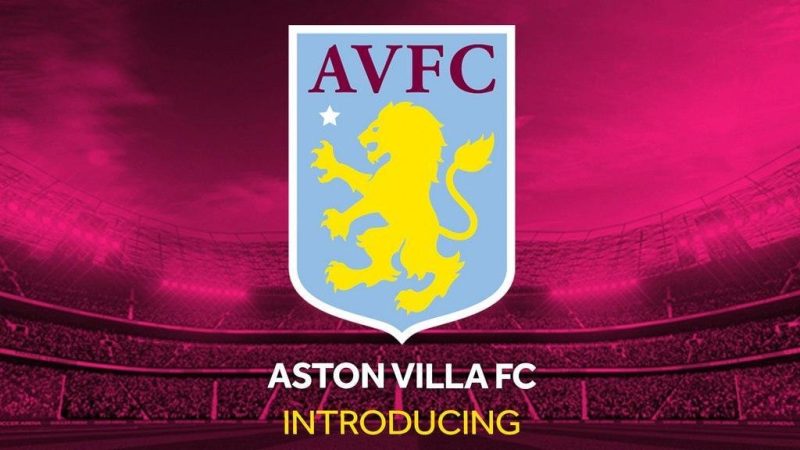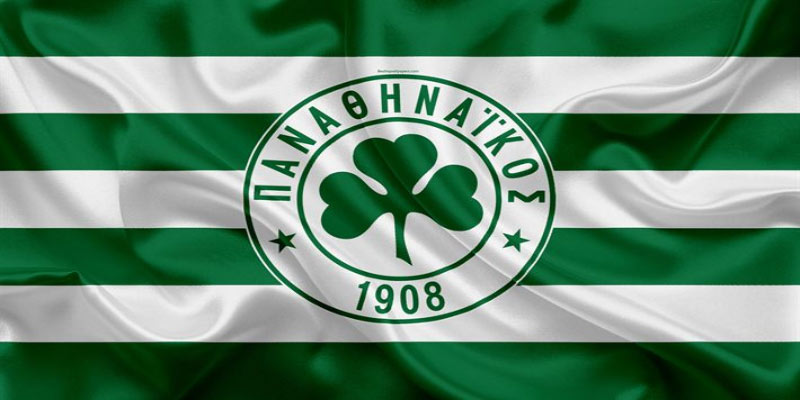
Rangers FC
Ibrox Stadium and Rangers FC contribute significantly to Glasgow’s economy through matchday tourism, merchandise sales, and local business support. Major fixtures, especially against rivals, generate substantial economic activity and enhance the city’s profile as a sporting destination Bong88.
Modern Era: Challenges, Revitalization, and Future Outlook Rangers FC
In recent years, Rangers FC has navigated a complex landscape marked by financial turbulence, management changes, and revitalization efforts. Understanding these dynamics provides insight into the club’s current standing and future ambitions.
Financial Turmoil and Rebuilding
The bankruptcy in 2012 was a pivotal moment, resulting in the club being reformed at a lower league level. This period was characterized by austerity measures, squad rebuilding, and strategic restructuring.
The club’s recovery involved stabilizing finances, securing sponsorship deals, and investing in youth development. These efforts have contributed to sustainable progress and restored competitiveness.
Recent Performance and Achievements
Since their rebirth, Rangers FC has regained prominence domestically, winning multiple league titles and cups, reaffirming their status as Scottish football giants. The team has also increased their participation in European tournaments, gaining valuable experience and exposure.
Key factors driving recent success include strategic managerial appointments, recruitment of talented players, and an emphasis on club culture and fan engagement.
The Role of Leadership and Fan Support
Strong leadership from club executives and passionate backing from supporters have been crucial. The club’s ownership structure emphasizes community involvement, ensuring that decisions align with long-term goals.
Fan support remains steadfast, with supporters’ groups playing an active role in club affairs, matchday atmospheres, and charitable initiatives.
Future Prospects and Strategic Goals
Looking ahead, Rangers FC aims to sustain their domestic dominance and improve their performance in European competitions. Strategic objectives include investing in infrastructure, expanding global outreach, and nurturing local talent pipelines.
The club’s vision incorporates modern football trends such as digital engagement, sustainability practices, and community integration, ensuring they remain relevant and competitive.
Conclusion
Rangers FC stands as an emblem of Scottish football history, resilience, and cultural significance. From its humble beginnings in the 19th century to its modern resurgence after financial hardships, the club exemplifies perseverance and communal spirit. Their rivalry with Celtic shapes not only sporting narratives but also social and cultural dialogues within Scotland. As Rangers FC continues to evolve, maintaining their rich heritage while embracing innovation, they are poised to uphold their legacy as one of the most revered football institutions in the world. The future looks promising, driven by passionate fans, visionary leadership, and an unwavering commitment to excellence.



